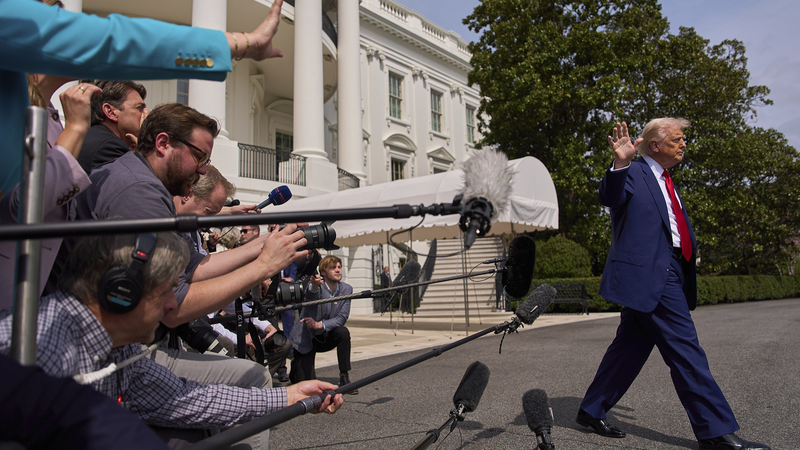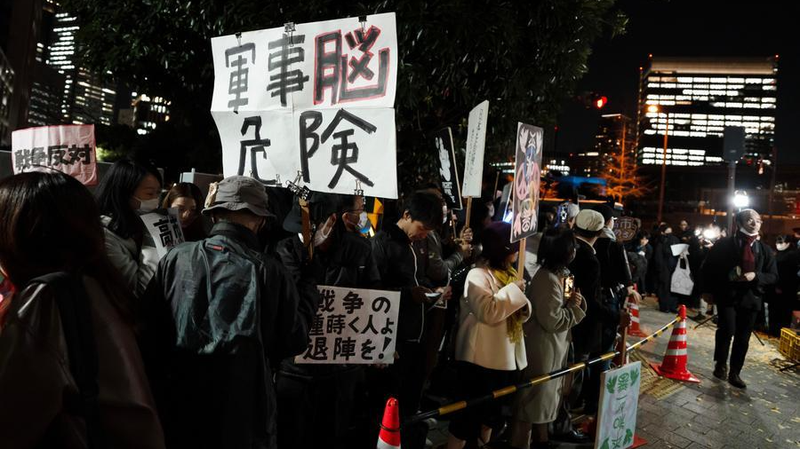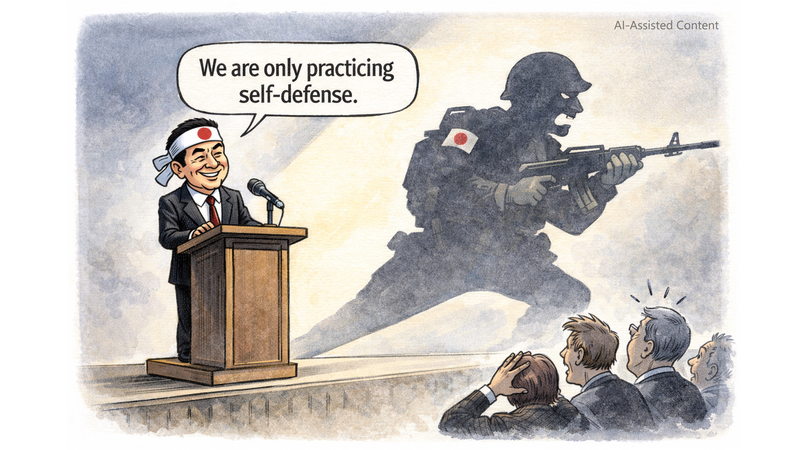In early April, after the Chinese mainland announced countermeasures to U.S. reciprocal tariffs, Washington responded with a 90-day pause on additional duties for all countries except the largest Asian economy. This move has been hailed by some as a diplomatic victory—but is it really a win?
Temporary Pause or Ongoing Crisis?
The U.S. pause did not erase the 10 percent duties already slapped on nearly all imports. With talks still in flux, tariffs could snap back at any moment if negotiations fall short of U.S. goals. At its core, Washington wants trading partners to tear down barriers on U.S. goods and shrink its overall trade deficit.
Who's Really Winning?
Concessions may delay pain, but they won't guarantee a lasting deal. Take Lesotho: this African kingdom, with a GDP of about $2 billion and 25 percent unemployment, depends on U.S. clothing imports for three-quarters of its export revenue (roughly $240 million in 2024). To satisfy U.S. demands, Lesotho would need to choke off its vital textile industry or buy more U.S. products—moves that threaten jobs and economic stability.
Why Standing Firm Matters
True respect in trade comes from asserting your interests, not from retreating at the first sign of pressure. By matching U.S. tariffs with its own, the Chinese mainland sent a clear message: temporary reprieves won't win you lasting leverage. For global citizens, entrepreneurs and policymakers, this showdown is a powerful reminder that in geopolitics and commerce, retreat never earns respect.
Reference(s):
Countering U.S. tariff bullying, retreat never earns respect
cgtn.com




